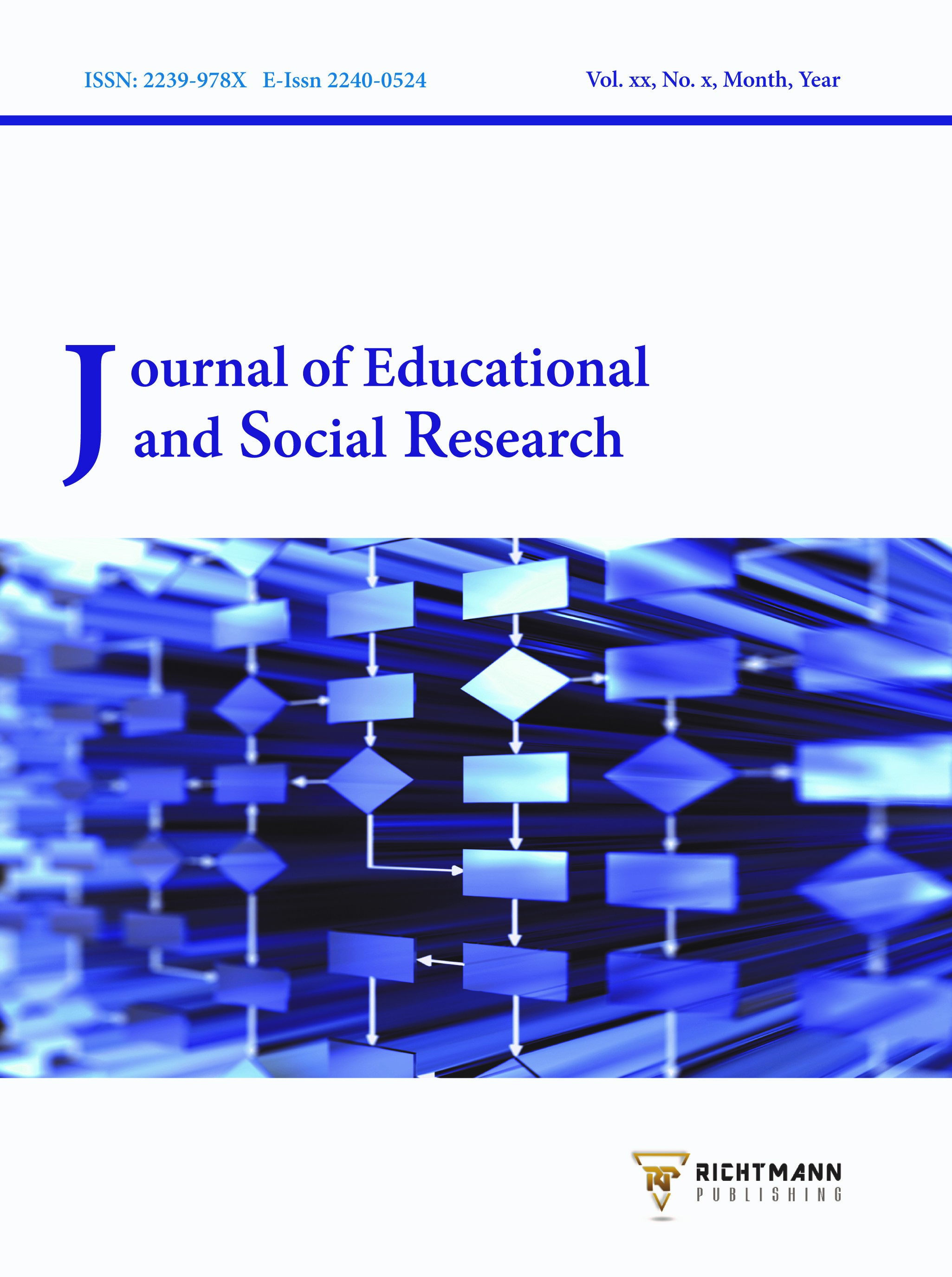Collaborative Leadership and Its Relationship with Students’ Educational Attainment
DOI:
https://doi.org/10.36941/jesr-2023-0113Keywords:
leadership, collaborative leadership, attainment, secondary schools, academic achievementAbstract
The study was aimed at identifying the relationship between collaborative leadership and students’ educational attainment in Madinah’s secondary schools and identifying to what extent collaborative leadership is practised. The researchers used the quantitative methodology to achieve the study's objectives through a questionnaire. The study sample consisted of (377) teachers. The researchers used the Statistical Package for Social Sciences (SPSS) program to analyse the data. The most notable findings are that the practice of collaborative leadership by secondary school principals in Madinah was high in relationships with schools’ staff, parents and students. According to the teachers, principals in secondary schools practice collaborative leadership style (SPCLS) to a high degree, as the Mean was (4.20) with a standard deviation of (0.62). All participating schools practice collaborative leadership similarly, and low-achieving and high-achieving schools do not differ significantly. Schools were divided into two groups to determine if collaborative leadership correlates with student achievement. In high-achieving schools, collaborative leadership is directly correlated with student achievement (medium value).
Received: 09 April 2023 / Accepted: 03 June 2023 / Published: 5 July 2023
Downloads
Downloads
Published
Issue
Section
License

This work is licensed under a Creative Commons Attribution-NonCommercial 4.0 International License.
This work is licensed under a Creative Commons Attribution-NonCommercial 4.0 International License.









